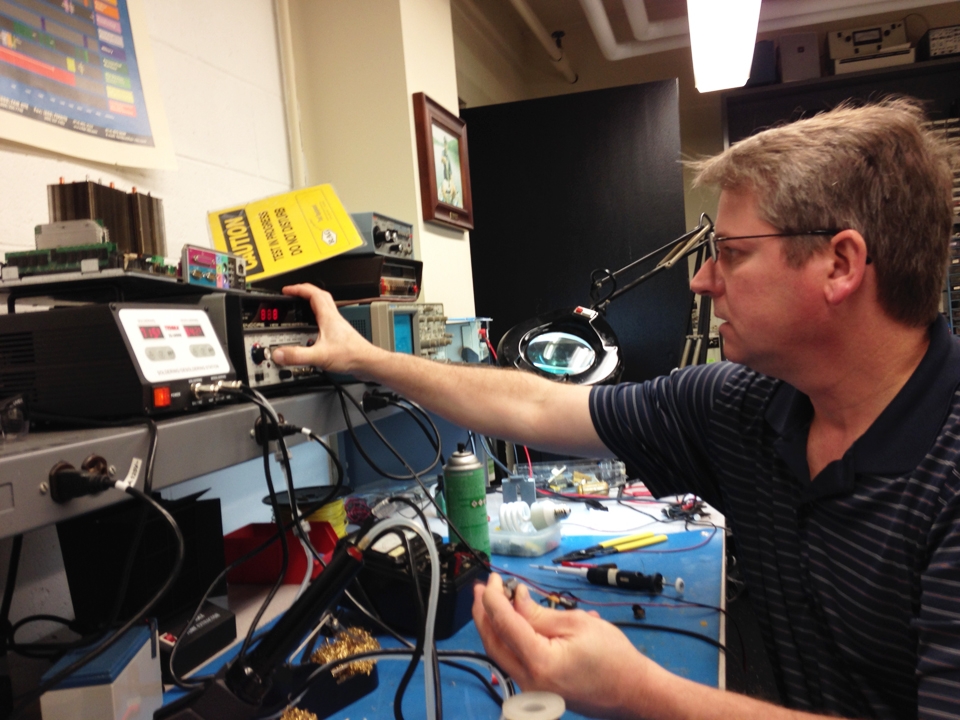
Michael Marafino | Staff Writer
01/11/18
Space, the final frontier, has much left to be explored, and a team of Duquesne University’s Biomedical Engineering Program students are working to help scientists examine the heavens. The team has been chosen to participate in the NASA Micro-g Neutral Buoyancy Experiment Design Teams competition (Micro-g NExT).
The Duquesne students involved include freshmen Clare Flanagan, Tori Kocsis and Nicholas Rallo and sophomores Garett Craig, Madeline Douglas, Madelyn Hoying and Jacob Salvatore, according to Duquesne University’s Facebook page. The 2018 Micro-g NExT cohort consists of 25 student teams representing 22 schools in 17 states.
The competition has a clear mission to help students further their knowledge in science, technology, engineering and mathematics.
“Micro-g Neutral Buoyancy Experiment Design Teams challenges undergraduate students to design, build and test a tool or device that addresses an authentic, current space exploration challenge,” according to the competition’s website. This experience exposes students to a hands-on approach to engineering, public inclusion and test operations.
The overall goal of the project is for teams to develop a prototype of an original tool that can be used by NASA engineers in space exploration. Neutral Buoyancy Laboratory, a training facility that simulates microgravity, where divers will test the prototypes and will be instructed by students in the Test Conductor Room.
Trinesha M. Dixon, the manager of Micro-g NExT, explained that the competition focuses on real-world applications.
“The 2018 Micro-g NExT challenges posed to students address challenges possible in International Space Station (ISS) spacewalk scenarios and sampling missions on planetary bodies,” Dixon said.
Students applying to the program include those enrolled in an accredited United States institution of higher education, such as a university, college, junior college or community college. They must also be United States citizens, at least 16 years of age, have a supervising faculty member and attend events during test week. The events include Orientation and Test Readiness Review.
The project the Duquesne University team will be working on is developing a small system that will allow the cutting and storage of zip ties in microgravity. Their design will be tested in May at the Neutral Buoyancy lab at NASA’s Johnson Space Center.
The program states the importance of these tools on its website by saying, “Zip ties are commonly used on payloads and hardware outside of the International Space Station (ISS). Often times they need to be removed during a spacewalk, or Extravehicular Activity (EVA), to complete a maintenance task or another EVA objective.”
The zip ties could be located in several places on the payload, including small spaces that can be challenging to access. Since this occurs in microgravity, the zip tie must be captured once removed to prevent it from floating away and damaging the space station or any other type of hardware.
Other projects include developing systems to explore ice-covered surfaces on “Ocean Worlds” and making handrails on the exterior of the station more durable.



